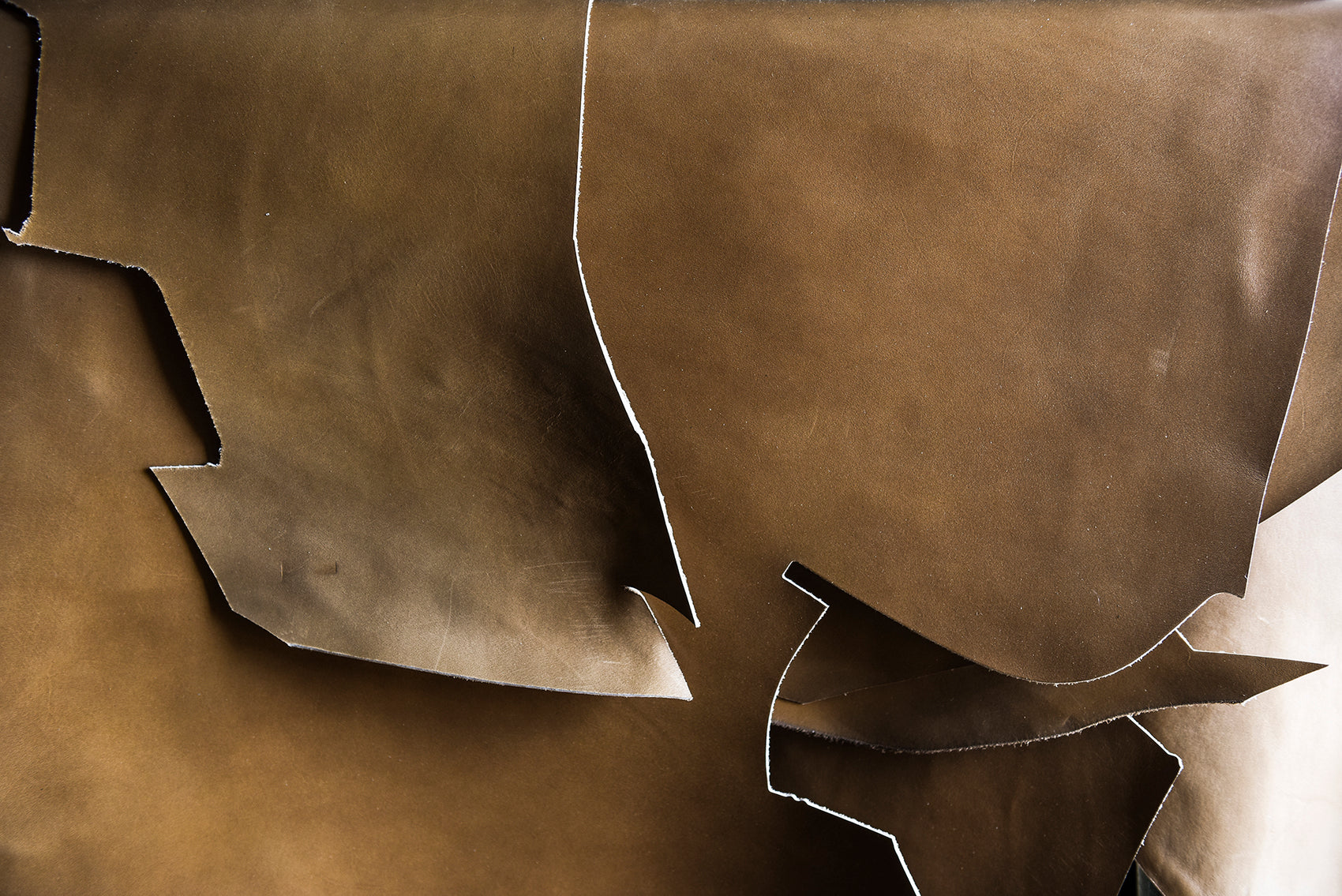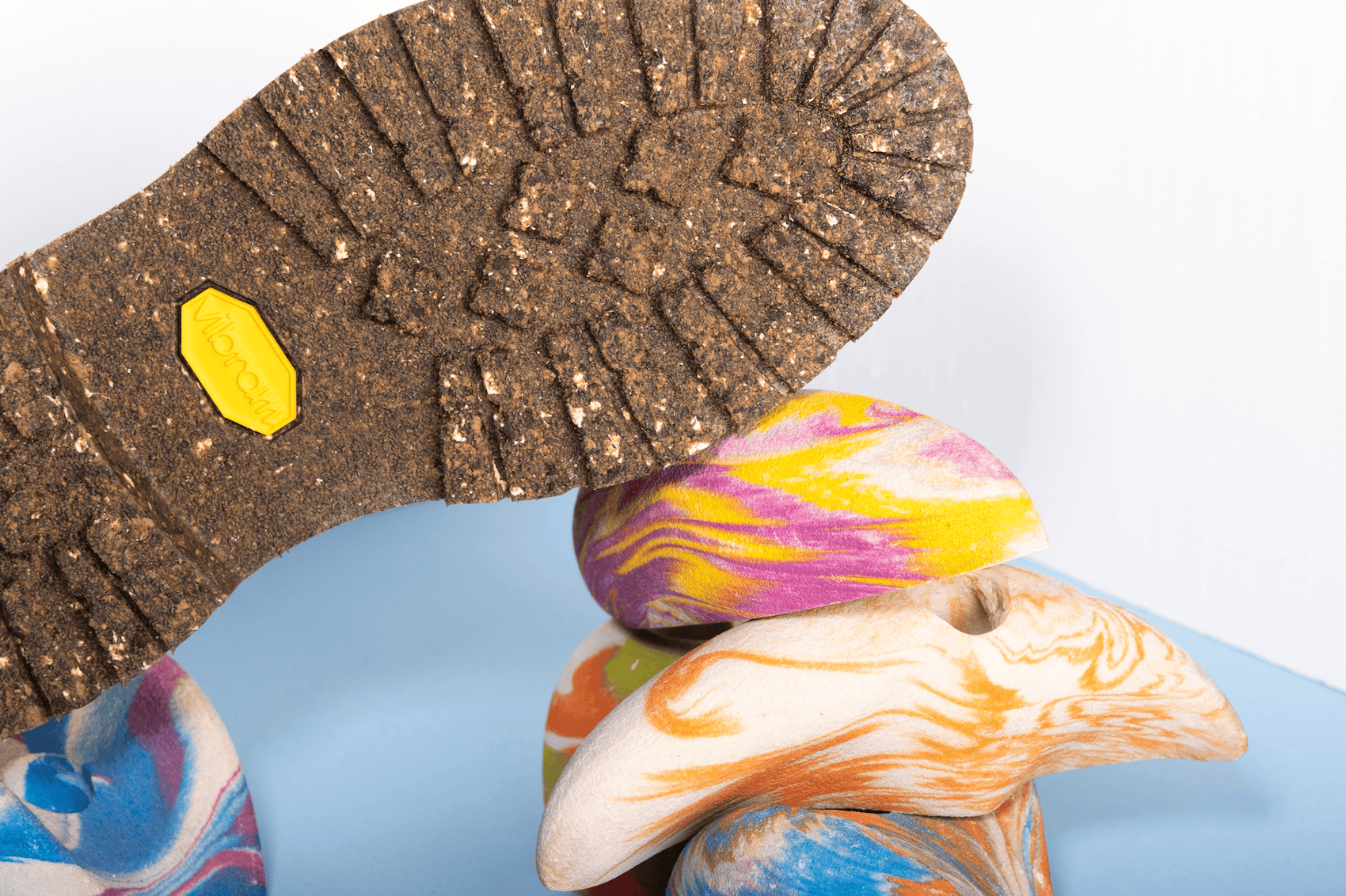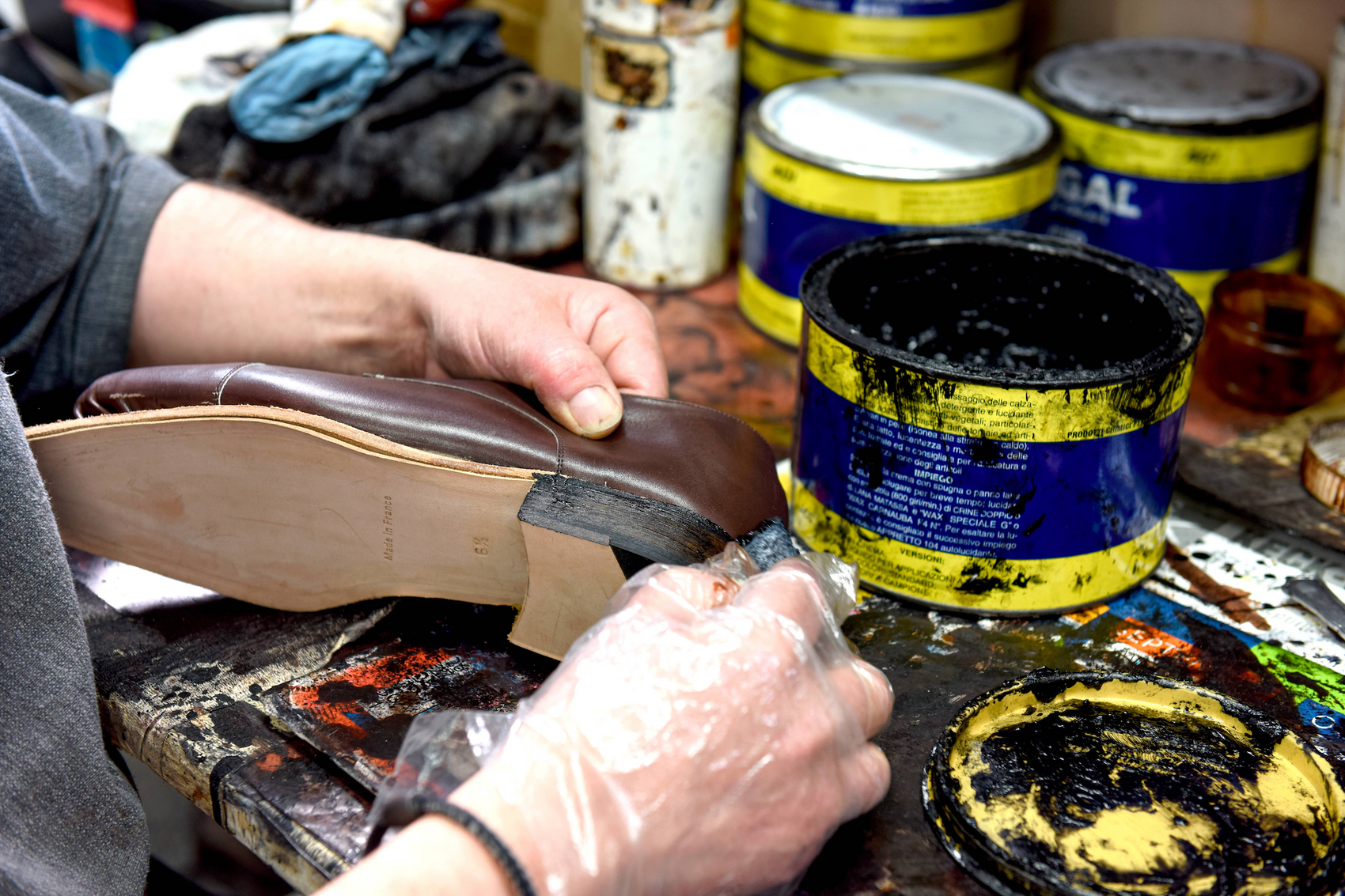
From the choice of materials to the hand finishing of the shoes.

Concerned about the lifespan of our luxury shoes for men, we select perfect leather skins from the best French tanneries. Containing very few imperfections linked to minnows, insects or cesarean section, full grain leather is remarkably fine.
Thanks to its flexibility, the skin has very few marking folds and adapts to the movement of the foot, thus providing stability over time. For the creation of luxury shoes, Joseph Malinge only uses full grain leather with its natural thickness. No surface sanding is then carried out in order to preserve the authenticity of these skins. Joseph Malinge shoes are, first of all, quality leathers.
We are therefore demanding in the choice of full grain leather: aniline calfskin, suportlo or even burnishable, etc.








According to H. Daniel, in the complete shoemaking manual of 1900



Customer service
The Malinge Workshop
Newsletter
Discover our news